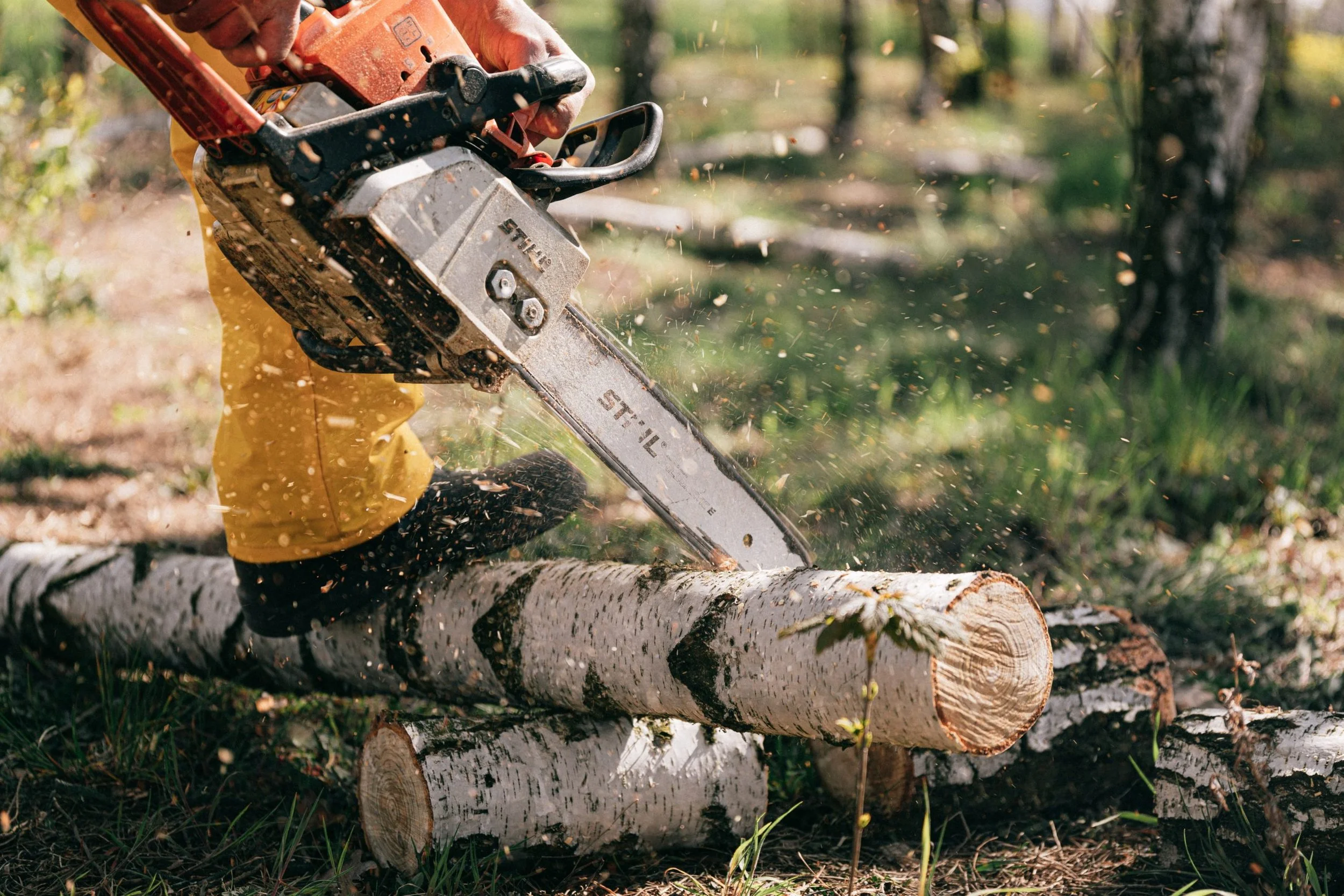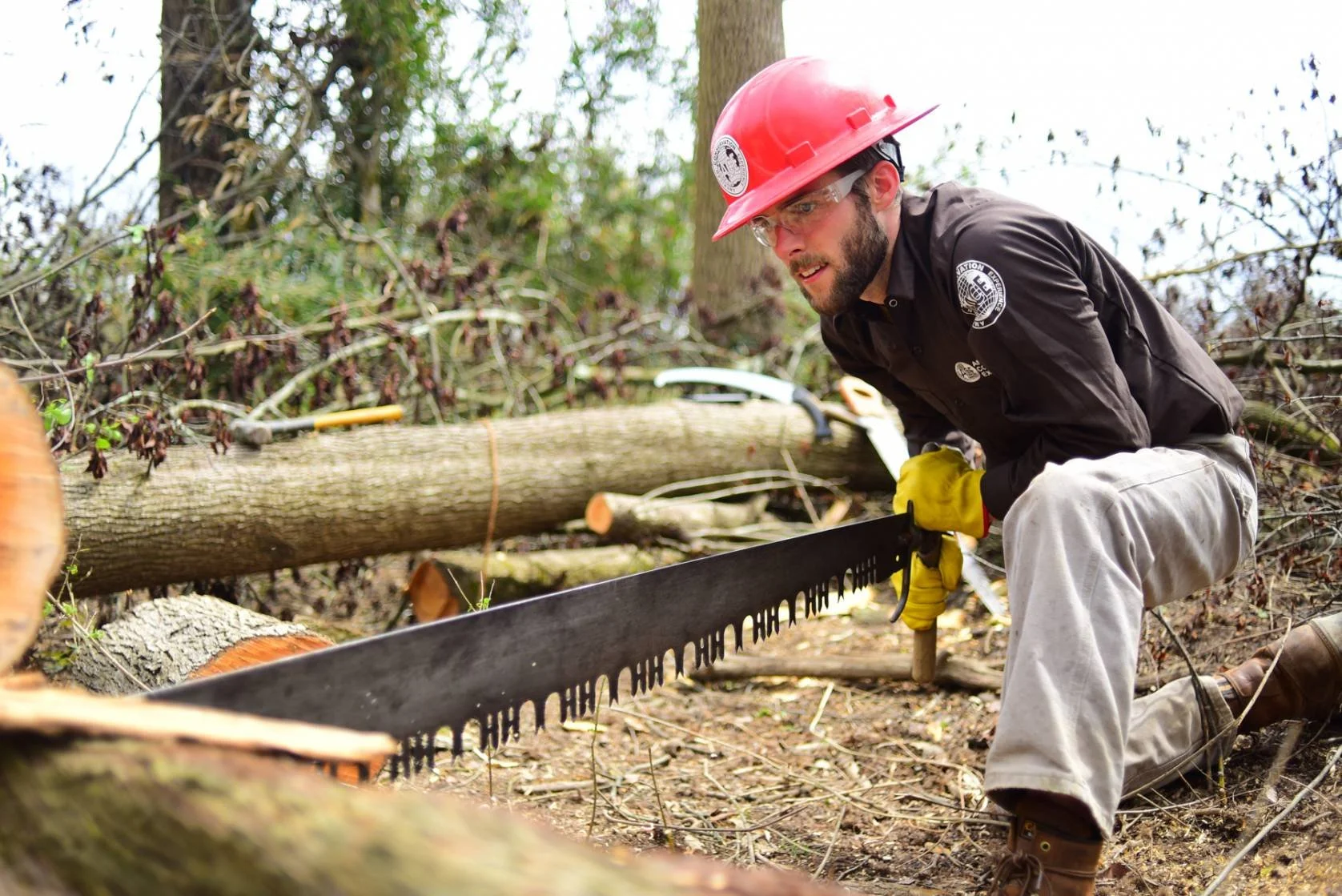FTA collaborates with local, partner organizations to cultivate skilled and confident volunteers. A primary goals is to provide volunteers with proper trail and saw training to ensure organizations and partner agencies can trust in the capabilities of their skilled volunteers. We have adapted the following core trainings framework from the Trail Skills Project
Trail Competencies
What are Trail competencies?
The Trail Skills Project developed the idea of Trail Competencies. The Trail Competency Framework provides a shared language around trail skills and expertise. Below trail competencies are broken into five major categories and two special use categories. Check out the Trail Skill Library here.
Corridor Clearing
Skill Definition: Use pruning and brushing techniques to maximize safety, minimize visual impacts and support healthy trailside vegetation.
Learn more here!
Trail Sustainability
Skill Definition: Understand and apply principles of trail sustainability to all components of a trail construction project.
Learn more here!
Tread MAINTENANCE - Hand tools
Skill Definition: Using hand tools, maintain a trail to its designed specifications for tread width, cross/outslope, protrusions, and obstacles using hand tools and minimizes off trail impacts.
Learn more here!
Drainage features and water management
Skill Definition: Construct/restore trail drainage features that decrease erosion and increase sheet flow, including knicks, grade reversals, rolling grade dips, berms, ditches, and sheet drains.
Lear more here!
Partnership and Collaboration
Skill Definition: Partner and collaborate effectively with a variety of user groups and organizations to bolster stewardship capacity and community support for trail projects and programs.
Learn more here!
Saw training
What is it?
Flathead Trails Association helps to organize Forest Service approved chainsaw and crosscut saw training classes each year. This certification is needed if you are cutting any trees on Forest Service land. You will need to also be associated with an organization that has an agreement with the Forest Service to do trail work.
Tell me more.
We schedule several trainings across the Flathead Valley each year, from Blacktail to the North Fork. Sometimes they are closed courses, if one group has more than 6 sawyers to train or re-certify. At least one training is open to all groups that have their paperwork in order with the Forest Service. Recertification is a shorter process than the full training class. Please reach out if you are interested.
Course requirements.
Each person or group must have a current Forest Service Agreement in place prior to working with a chainsaw or a crosscut saw.
Each person must have a current First Aid/CPR certificate.
If working around or with stock (horses or mules) must have a current Defensive Horse Safety Card.
Chain sawyers must be a minimum age of 18 years. Crosscut sawyers must be a minimum age of 16 years.
All Chain sawyers must have the appropriate personal protective equipment (PPE) which includes, chaps, eye protection, ear protection, hard hat, gloves and appropriate footwear.
Any organized trail clearing projects on Forest Service land must contact the appropriate Forest Service official prior to the work being done.
If all of the above is in compliance, then the sawyer will be covered by the Forest Service for tort and workman’s compensation for those individuals.
Saw certification cards are good for 3 years.

